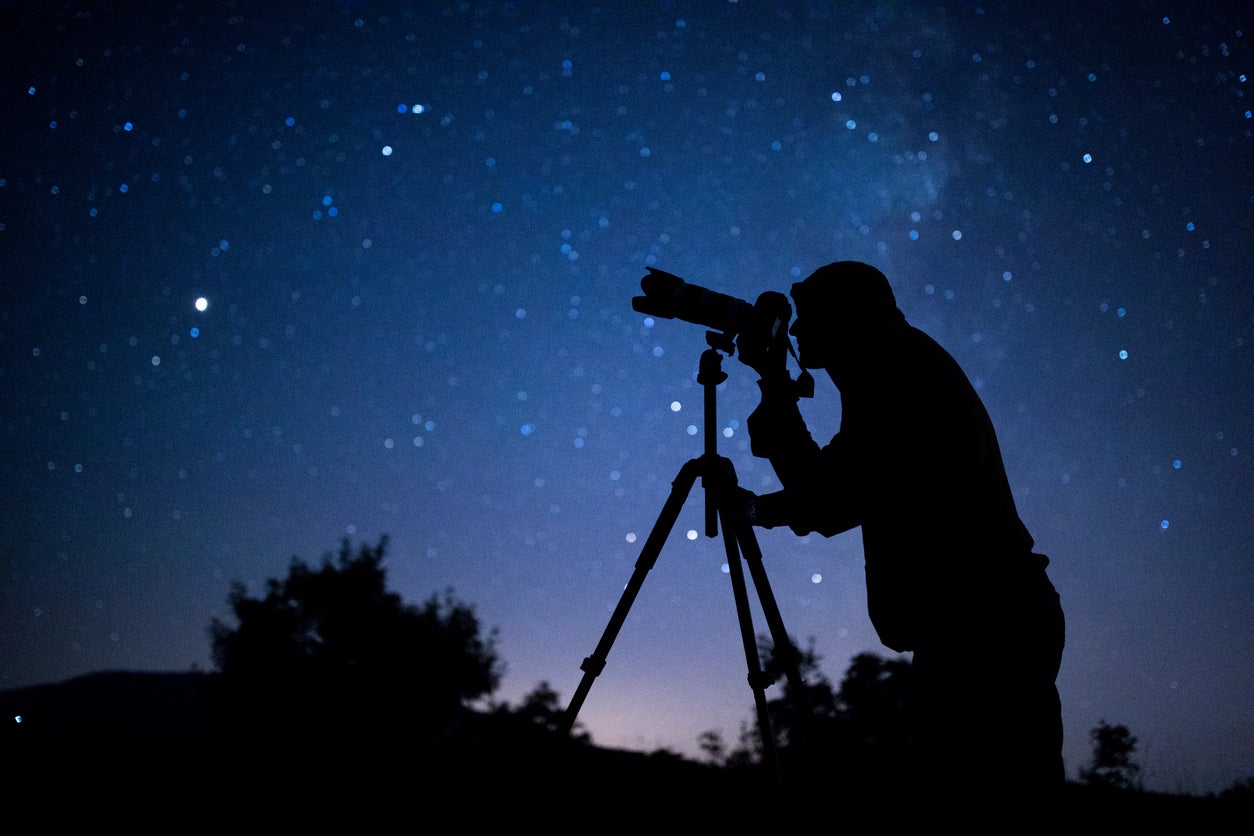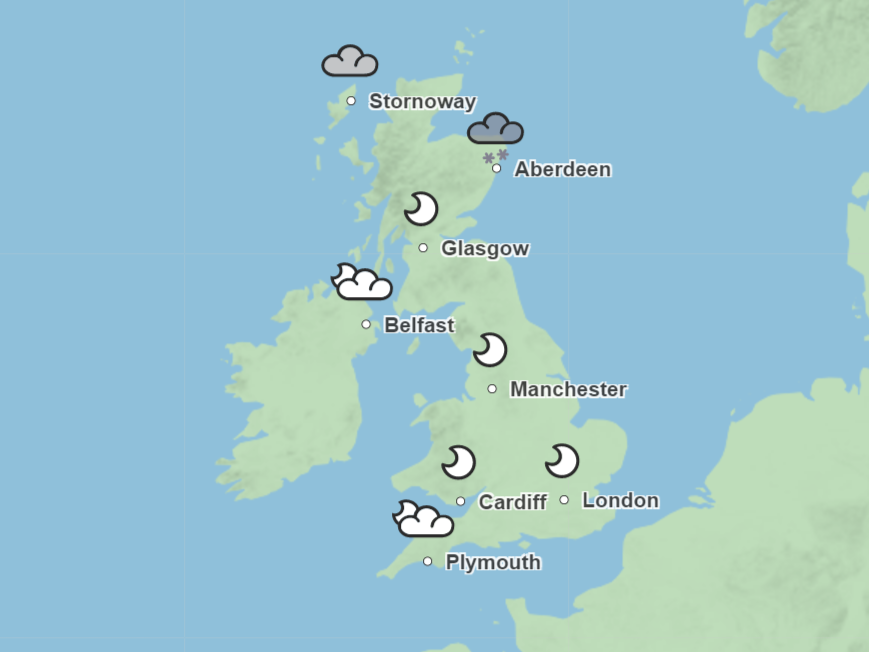Geminid meteor shower 2022 – live: Biggest ‘shooting stars’ event of the year peaks tonight
Nasa says 30-40 Geminids meteors will be visible at its peak on Wednesday night
Your support helps us to tell the story
From reproductive rights to climate change to Big Tech, The Independent is on the ground when the story is developing. Whether it's investigating the financials of Elon Musk's pro-Trump PAC or producing our latest documentary, 'The A Word', which shines a light on the American women fighting for reproductive rights, we know how important it is to parse out the facts from the messaging.
At such a critical moment in US history, we need reporters on the ground. Your donation allows us to keep sending journalists to speak to both sides of the story.
The Independent is trusted by Americans across the entire political spectrum. And unlike many other quality news outlets, we choose not to lock Americans out of our reporting and analysis with paywalls. We believe quality journalism should be available to everyone, paid for by those who can afford it.
Your support makes all the difference.The Geminid meteor shower is peaking on Wednesday night, with bright dazzling ‘shooting stars’ streaking across the sky.
The celestial event happens every December, though 2022 brings excellent viewing conditions across most of the UK.
It is unusual in that it is caused by the debris left behind by an asteroid. When the Earth moves through that trail of debris, the pieces smash into our atmosphere and light up as they do, appearing as streaking stars across the sky.
Usually, as many as 150 meteors per hour can be seen in the show, which makes it among the best of the year for actually spotting a meteor.
This year, the brightness of the Moon will have a slightly diminishing effect, with Nasa predicting between 30-40 meteors per hour.
Forecasts from the UK Met Office suggest ideal weather conditions on Wednesday night, with clear skies across most parts of the UK.
How to capture the Geminid Meteor Shower 2022
Professional photographers have given their tips for capturing the Geminid meteor shower, with all saying that some kind of tripod to steady the camera is essential.
It’s worth using a tripod for taking pictures with a smartphone too, as any camera shake can compromise the quality of the pictures – but if you don’t have one to hand you can simply rest your phone on a window ledge
Arguably the best technique is to use a timelapse feature on your camera or smartphone, though for anyone without those capabilities then there are some other methods that can help capture shooting stars.

David Reneke, an astronomer and writer for Australian science magazine advises anyone using an SLR or DSLR camera to play with aperture settings on your camera to photograph the night sky.
Burst settings can also capture multiple photos at once.
For older smartphones that use a digital zoom rather than an optical zoom, it’s generally best not to use the zoom as it could compromise the quality of the image. Instead, take the picture and then crop it.
Newer phones feature incredible zoom capabilities that can take detailed pictures of far away objects. Other cameras come with special features to improve pictures of the night sky, such as the Google Pixel’s Astro mode.
Weather forecast suggests clear skies across most of the UK
The weather could almost not be better for a December evening, with the UK Met Office forecasting clear skies across most parts of the country this evening.
Other than parts of Cornwall and Devon, people in England and Wales should be able to expect a good showing once the Sun goes down. Unfortunately, conditions in north-easterly Scotland and Northern Ireland don’t look ideal.
Here’s how the weather will look at 10pm GMT tonight, according to the Met Office’s latest forecast:

Shower is peaking – and there’s just a couple of days left
The true peak of the meteor shower is early on 14 December. There’s still some time to see it, though – but not much time. The last opportunity is 17 December, though there won’t be many to see then.
Nasa image shows Geminids at their peak
This image, taken in 2014, shows what a good night of Geminids looks like. More than 100 meteors can be seen in the composite image.


Join our commenting forum
Join thought-provoking conversations, follow other Independent readers and see their replies
Comments